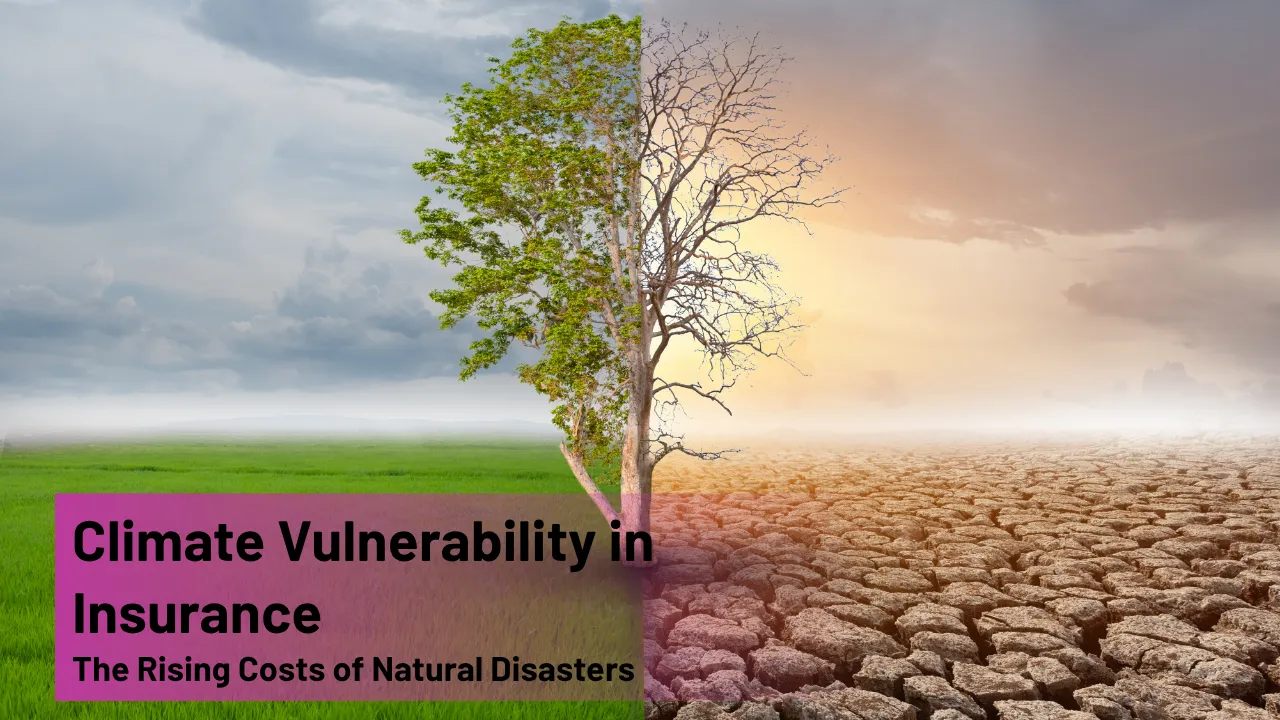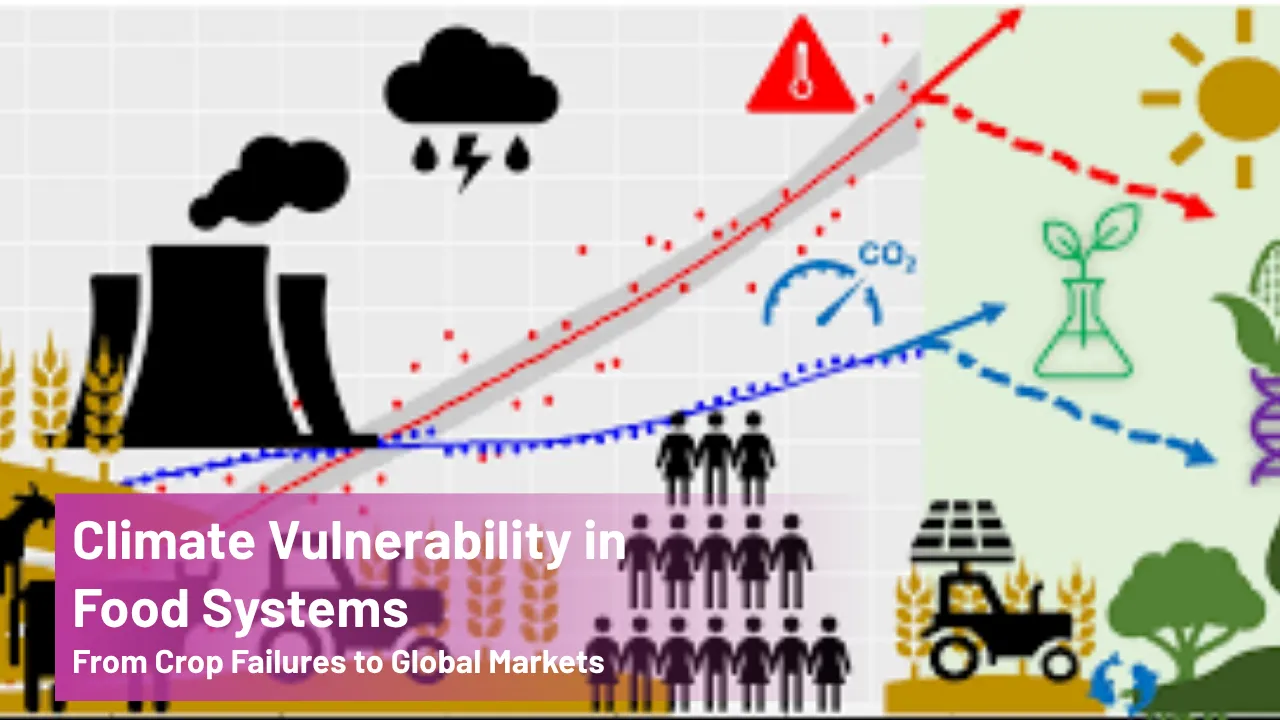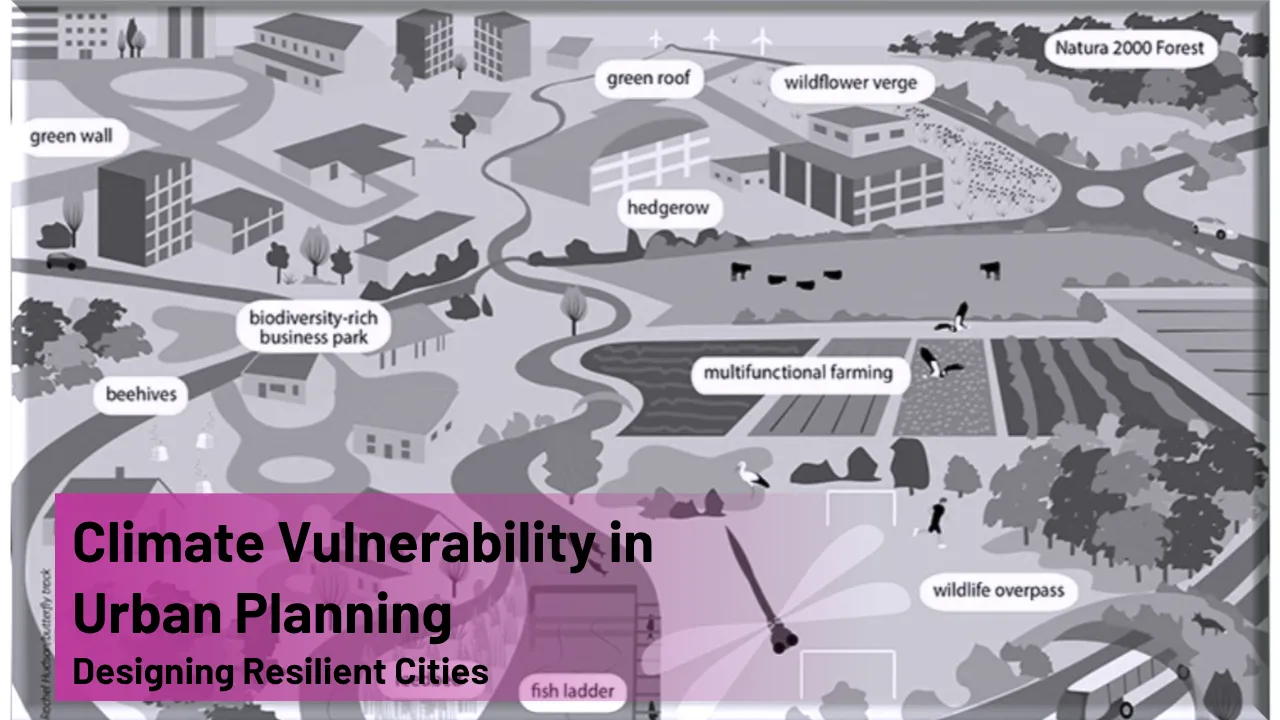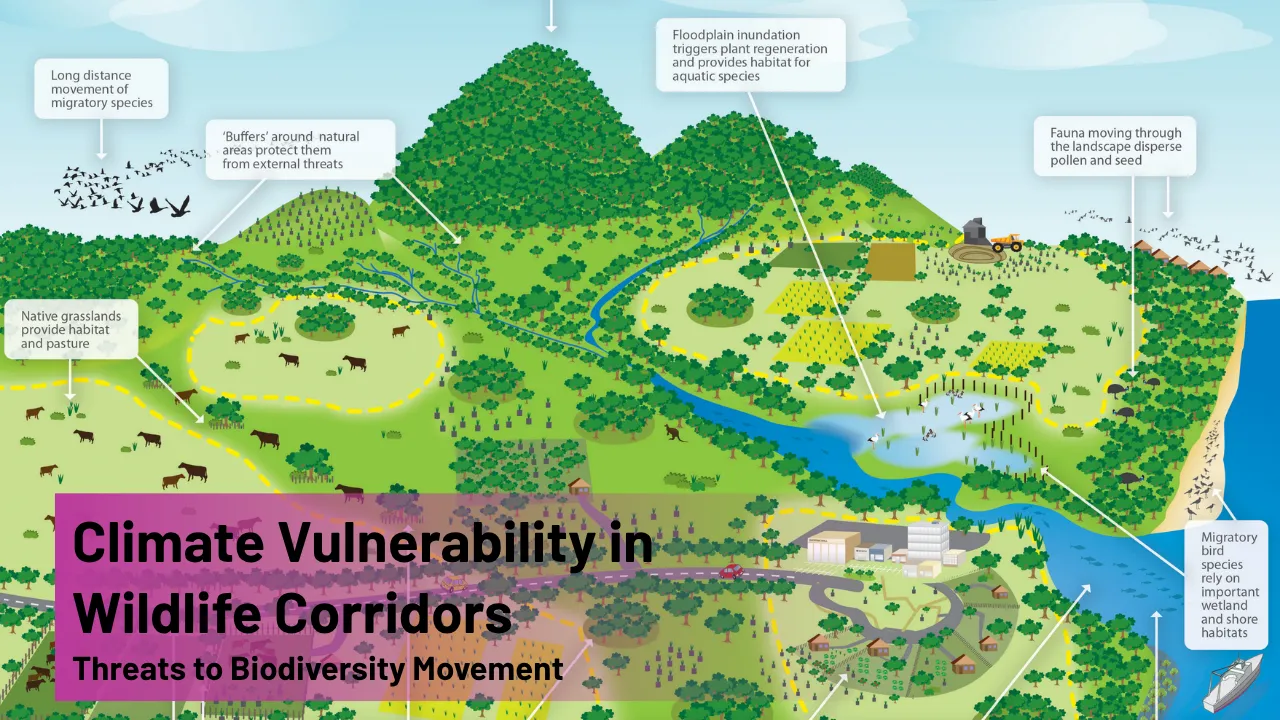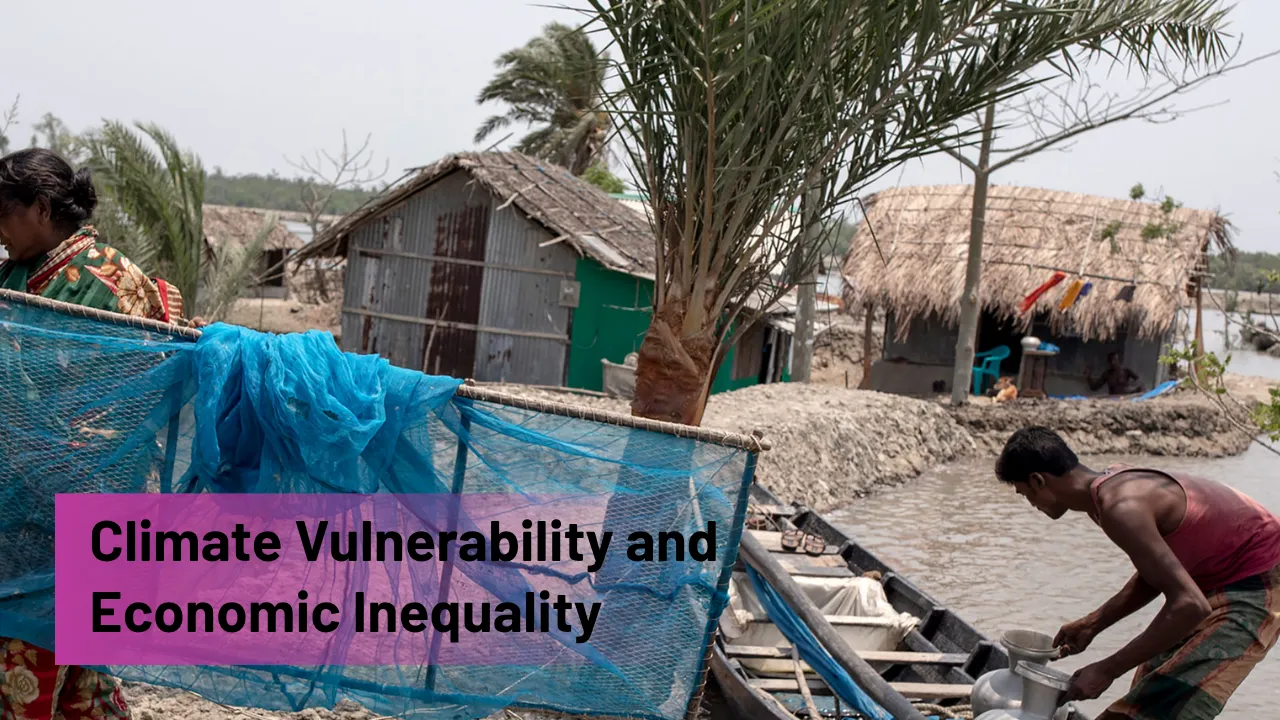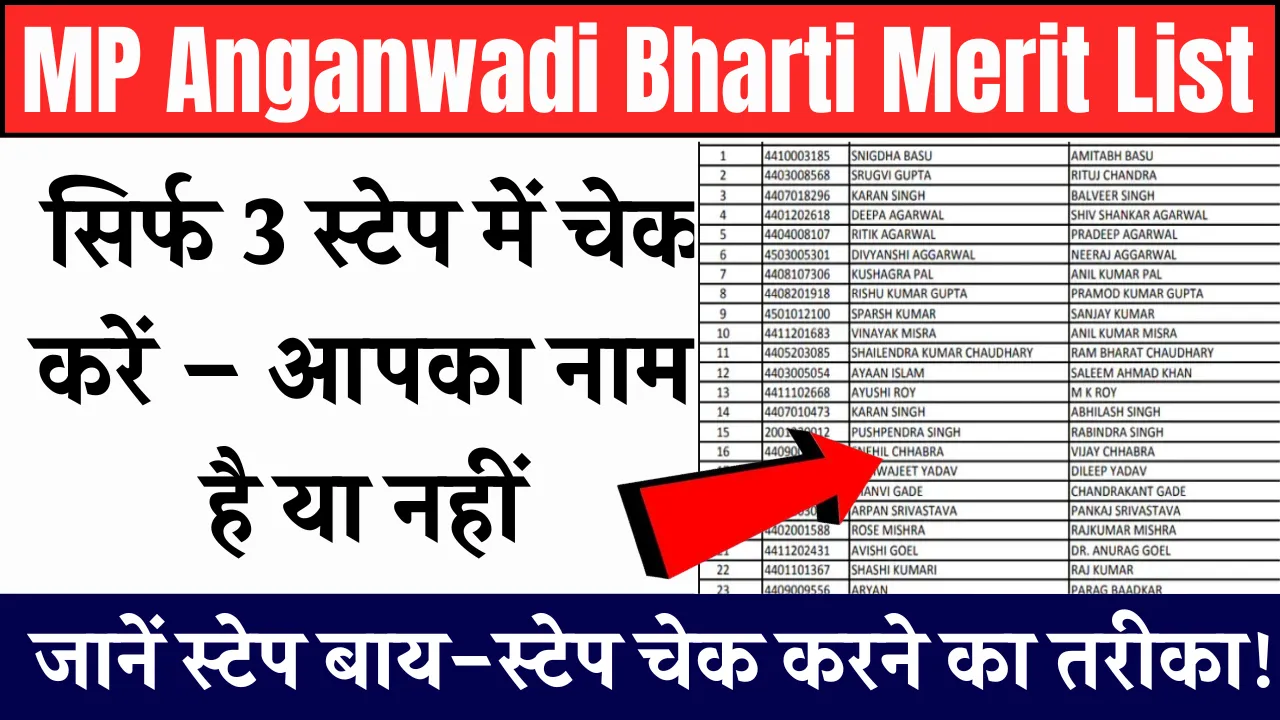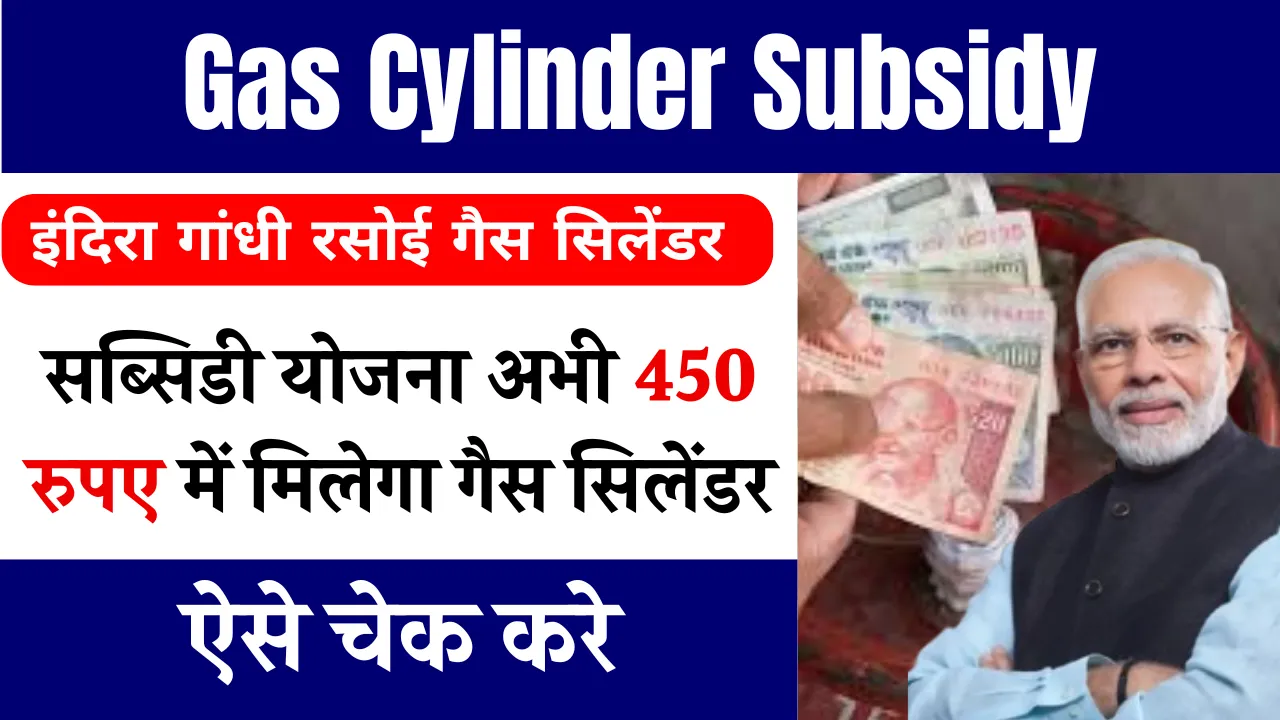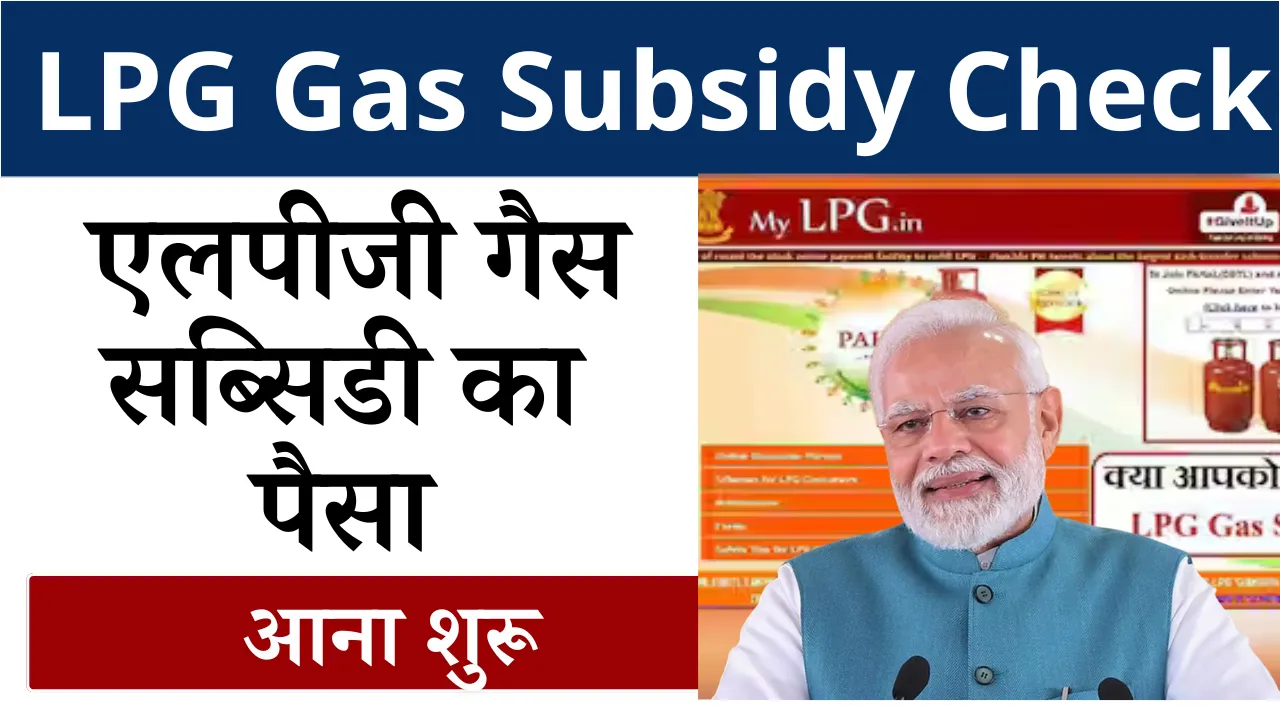Climate Vulnerability in Insurance: Climate Vulnerability in Insurance is becoming a defining issue in today’s insurance landscape. The world is witnessing more frequent and intense natural disasters—wildfires that destroy communities, hurricanes that flatten towns, and floods that displace thousands. As climate events grow in scale and unpredictability, insurers are being forced to reassess risk and pricing models, making it harder and more expensive for individuals and businesses to secure coverage.
This article dives deep into how climate-related threats are reshaping the insurance industry. We explore the key drivers behind climate vulnerability in insurance, the challenges faced by both insurers and policyholders, and how governments, companies, and individuals are responding to this evolving crisis. You’ll also discover how natural disasters are impacting insurance costs, availability, and long-term economic stability.
Climate Vulnerability in Insurance
Climate vulnerability in insurance refers to how exposed the insurance industry is to the financial and structural risks caused by climate-driven natural disasters. Insurers rely on historical data to assess risks, but climate change is breaking those patterns. Unpredictable and extreme weather events are triggering record-breaking claims, forcing companies to raise premiums, deny coverage, or exit high-risk markets altogether. As a result, both the affordability and accessibility of natural disaster insurance are under pressure. The need for smarter risk assessment, regulatory reforms, and community adaptation is now more urgent than ever.
Overview of the Impact:
| Factor | Effect on Insurance |
| Rising natural disasters | Increases claims and payouts |
| Insurance premium increases | Makes coverage less affordable |
| Geographic risk zones | Reduces insurability in vulnerable areas |
| Policy changes | Restricts scope and terms of insurance contracts |
| Regulatory pressures | Encourages risk-sharing models and intervention |
The Growing Threat of Natural Disasters
Natural disasters have become more destructive and frequent. Once-rare events now happen yearly or even seasonally. This shift is directly tied to rising global temperatures, sea-level changes, and other environmental factors. From torrential storms and floods to devastating wildfires, these events are stressing the traditional models used by insurers to predict and price risk.
Where insurers previously based premiums on decades of historical claims, the sheer unpredictability of today’s extreme weather events has made such data unreliable. This gap in forecasting leads to insurers taking on more catastrophe risk, and the financial toll can be devastating.
Impact on Insurance Premiums and Coverage
One of the most immediate impacts of climate vulnerability in insurance is the sharp increase in insurance premiums. In high-risk zones—coastal areas, wildfire-prone regions, or floodplains—premiums have doubled or even tripled in recent years. Some insurers are exiting these markets altogether, making property insurance nearly impossible to obtain for homeowners and businesses alike.
The challenge extends beyond affordability. Even when coverage is available, it’s often limited in scope. Many policies now include higher deductibles for natural disasters, exclusions for certain events, or strict eligibility requirements. In places like California and Florida, private insurers are pulling out, leaving policyholders dependent on underfunded state-backed programs.
How Insurers Are Adapting
The insurance industry is not standing still. Insurers are increasingly turning to advanced technologies and climate risk models to refine their approach. Satellite data, AI-driven forecasting tools, and updated climate science are now critical to assessing risk.
Insurers are also changing the way they build and price policies. Many are:
- Introducing climate-adjusted risk scores for underwriting
- Encouraging climate-resilient construction through incentives
- Partnering with governments on reinsurance schemes
- Adjusting reinsurance contracts to reflect growing disaster losses
These shifts aim to maintain the industry’s financial health while continuing to offer viable products in increasingly vulnerable areas.
Economic Impact of Insurance Gaps
The broader economic impact of climate vulnerability in insurance is significant. When entire communities lose access to insurance, they become more financially exposed to disasters. This deters investment, drives down property values, and slows post-disaster recovery. In some cases, the lack of adequate coverage has led to long-term economic decline in towns affected by repeated disasters.
Small businesses are especially vulnerable. Without reliable natural disaster insurance, they face shutdowns after every major event. The resulting loss of jobs and services only deepens local economic hardship.
Government Response and Support
Recognizing the growing crisis, governments at various levels are stepping in to address gaps in coverage and affordability. In the U.S., programs like the National Flood Insurance Program (NFIP) and state-backed insurance pools offer basic coverage in high-risk zones.
However, these solutions are often criticized for being outdated, underfunded, or ineffective in the face of major disasters. Increasingly, policymakers are considering regulatory reforms to:
- Share catastrophe risk between private and public sectors
- Encourage investment in resilient infrastructure
- Require more transparent and accurate risk assessment in insurance pricing
Governments also play a role in updating building codes, managing zoning laws, and investing in disaster-prevention infrastructure—all of which reduce the cost and likelihood of claims.
Risk Mitigation Strategies
There are practical steps individuals and businesses can take to reduce their insurance costs and improve resilience:
- Install fire-resistant roofing and materials in wildfire zones
- Elevate properties in flood-prone regions
- Retrofit buildings to withstand high winds and earthquakes
- Maintain updated emergency plans and supplies
- Explore specialized add-on coverage for specific risks
By taking these steps, policyholders may qualify for discounts or additional coverage options, easing the burden of insurance premium increases.
Key Takeaways:
Here are two essential areas where the effects of climate vulnerability in insurance are most visible:
- Premium Hikes: Insurance rates in high-risk areas are increasing rapidly, often pushing people out of the market.
- Coverage Limitations: Insurers are reducing what they cover or refusing service altogether in disaster-prone regions.
FAQs
Why are natural disaster-related insurance claims rising?
Because extreme weather events are more frequent and intense, leading to higher losses and more claims from property owners.
Can home insurance still cover climate disasters?
Yes, but coverage varies by provider and region. Many policies now include exclusions or higher deductibles for natural disasters.
What happens if no insurance is available in high-risk areas?
People may turn to state-run insurance programs or go without coverage, exposing themselves to major financial risks.
How are insurance companies handling the growing risks?
They’re adjusting pricing, refining risk models, and sometimes exiting markets that are no longer profitable.
Can policyholders lower their premiums?
Yes, by investing in resilient construction, improving property safety, and staying informed on local risk ratings.
Final Thought
Climate vulnerability in insurance is not a distant issue—it’s reshaping how we live and protect our property today. As the planet continues to warm and natural disasters become more frequent, both insurance providers and policyholders must adapt. For insurers, that means smarter tools and better pricing models. For consumers, it means proactive steps to reduce risk and prepare for uncertainty.
The future of insurance depends on cooperation between industries, governments, and communities. If you’re a homeowner or business owner, now is the time to review your coverage, understand your risks, and explore ways to stay protected in an unpredictable world.
Want to better understand your local risks and insurance options? Dive deeper into climate maps or talk to an expert today.
